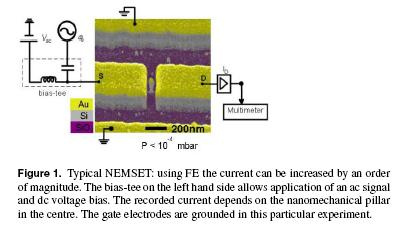Quantum Dots made brighter by a 108 to 550 times factor
By placing quantum dots on a specially designed photonic crystal, researchers at the University of Illinois have demonstrated enhanced fluorescence intensity by a factor of up to 108. Potential applications include high-brightness light-emitting diodes, optical switches and personalized, high-sensitivity biosensors. A quantum dot is a tiny piece of semiconductor material 2 to 10 nanometers in …


